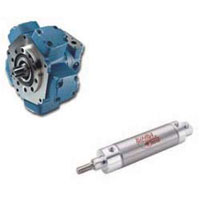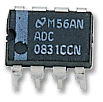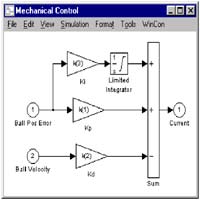Elements of Mechatronics
Principal elements of mechatronics systems are as follows:
Mechanical: Mechanical elements refer to mechanical structure, mechanism, thermo-fluid, and hydraulic aspects of a mechatronics system. The mechanical element may include static/dynamic characteristics and it interacts with its environment purposefully. The mechanical elements of mechatronics systems require physical power to produce motion, force, heat, etc.
Electro-Mechanical: Electromechanical elements refer to sensors and actuators. A variety of physical variables can be measured using sensors, e.g., light using photo-resistor, level and displacement using potentiometer, direction/tilt using magnetic sensor, sound using microphone, stress and pressure using strain gauge; touch using micro-switch; temperature using thermistor and humidity using conductivity sensor. Actuators such as light emitting diode (LED), DC servomotor, stepper motor, relay, solenoid, speaker, shape memory alloy, electromagnet, and pump apply commanded action on the physical process. In recent years, IC-based sensing and actuation solutions have also become ubiquitous (e.g., digital-compass, -potentiometer, etc.).
Electrical/Electronic: Electrical elements refer to electrical components (e.g., resistor (R), capacitor (C), inductor (L), transformer, etc.), circuits, and analog signals. Electronic elements refer to analog/digital electronics, transistors, thyristors, opto-isolators, operational amplifiers, power electronics, and signal conditioning. The electrical/electronic elements are used to interface electro-mechanical sensors and actuators to the control interface hardware elements.
Control Interface/ Computing Hardware: Control interface/computing hardware elements refer to analog-to-digital (A2D) converter, digital-to-analog (D2A) converter, digital input/output (I/O), counters, timers, microprocessor, microcontroller, data acquisition and control (DAC) board, and digital signal processing (DSP) board. The control interface hardware allows analog/digital interfacing, i.e., communication of sensor signal to the control computer and communication of control signal from the control computer to the actuator. The control computing hardware implements a control algorithm, which uses sensor measurements, to compute control actions to be applied by the actuator.
Computer: Computer elements refer to hardware/software utilized to perform computer-aided dynamic system analysis, optimization, design, and simulation; virtual instrumentation; rapid control prototyping; hardware-in-the-loop simulation; and PC-based data acquisition and control.




